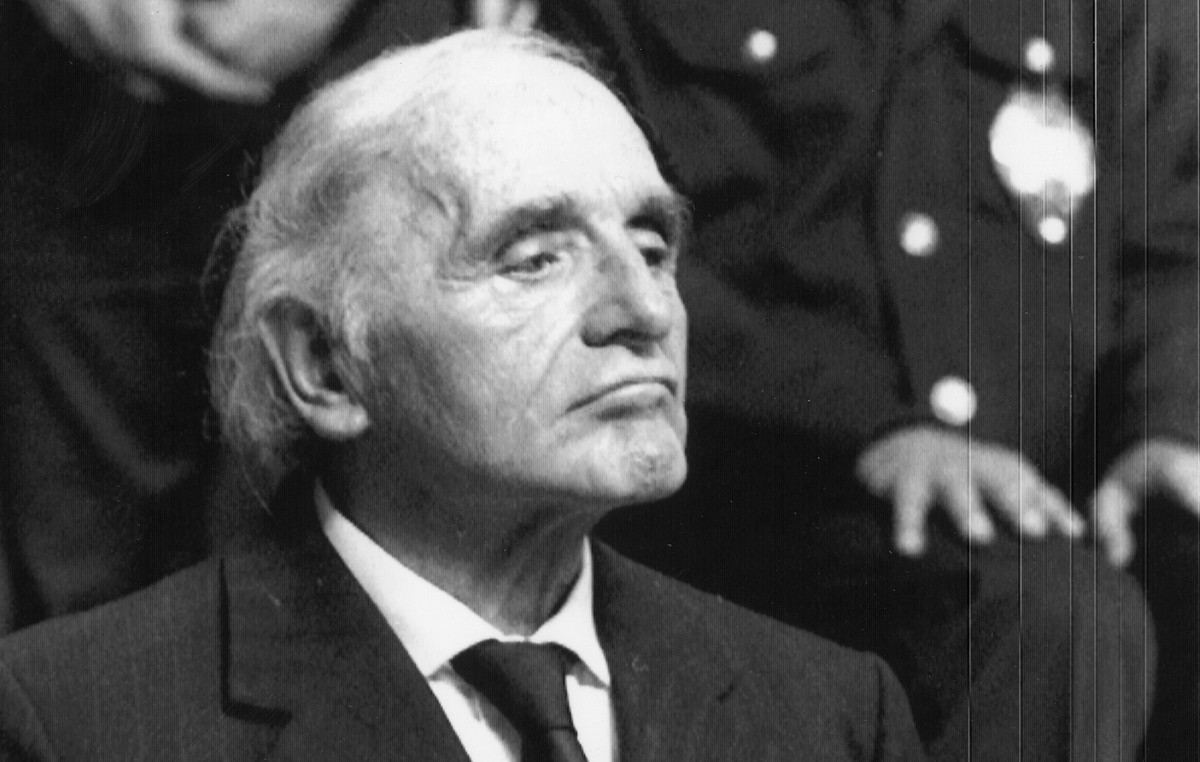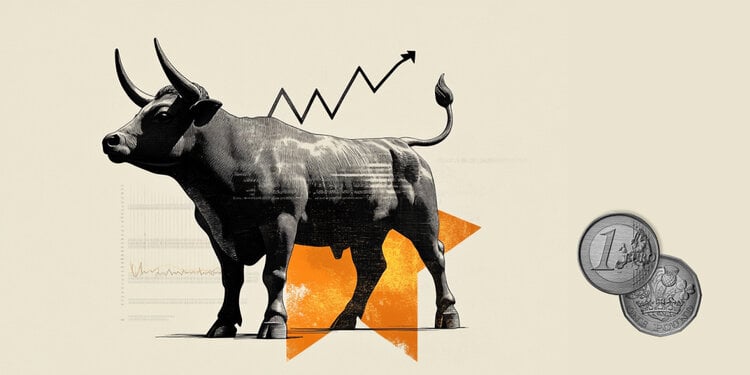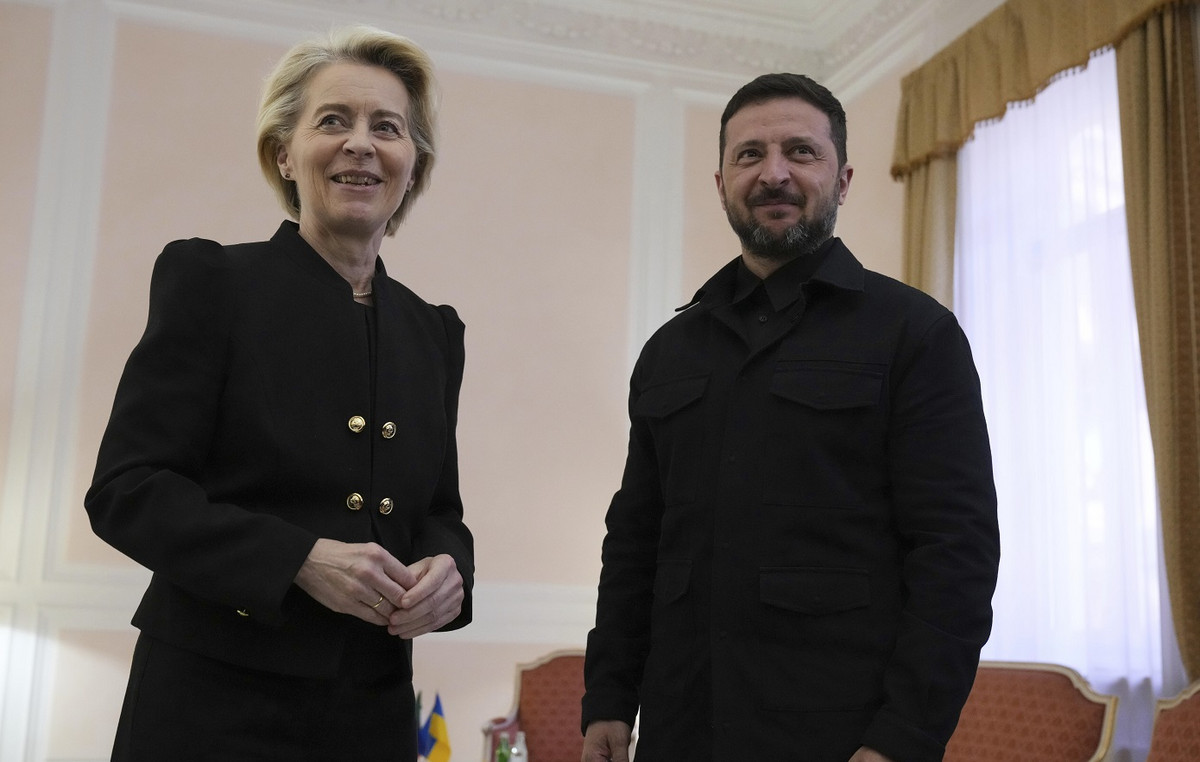Sellafield, the most dangerous nuclear facility in Europe, has an “increasing” leak in a radioactive waste silo, which could pose a risk to the population, according to the newspaper The Guardian.
This plant is six square kilometers and employs 11 thousand people. It stores and treats nuclear waste from weapons and nuclear energy production programs, being the largest of its kind in Europe.
However, a Guardian investigation, called Nuclear Leaks, revealed fissures in a reservoir of toxic sludge and cracks in the layer of concrete and asphalt covering the huge lake that contains decades of nuclear sludge.
The leak is one of the “biggest nuclear risks in the UK” and will continue until 2050, according to the newspaper. The fact could cause “potentially significant consequences” if it gains strength, potentially contaminating groundwater.
The situation has also reportedly caused diplomatic tension between countries such as the United States, Norway and Ireland, who are seeking to ensure that the situation is contained.
A document sent to Sellafield board members in November 2022 seen by the Guardian raised concerns about worsening security across the site.
The report warns of the “cumulative risk” of failures ranging from nuclear safety to asbestos and fire standards.
A 2001 European Union report warns that an accident at Sellafield could be worse than Chornobyl, as the facility contains significantly more radioactive material than the Ukrainian plant, the paper highlights.
Among the concerns of global authorities is the possibility of an accident at the site causing a cloud of radioactive particles, which would be transported by southwest winds across the North Sea, with potentially devastating consequences for food production and wildlife in Norway, for example. example.
Sellafield is trying to extract decades of nuclear waste from the MSSS, a facility that dates back to the 1960s. The task, the company says, could take at least 20 years. The leaks have been going on for more than three years, reports the Guardian.
Other side
Sellafield published a note regarding what was reported by The Guardian. The text highlights that there is no high risk to public safety as a result of the problems reported by the newspaper.
“We are completely open and transparent about the risks and dangers at our plant. All issues mentioned in the Guardian are known and are being addressed with the support of our regulator”, they comment.
“We routinely post updates to our website and share them for review at public meetings. Our security statistics are published annually in our annual performance review,” they add.
The company also highlights that it continues to make progress in addressing risks and that it “routinely” removes waste from all highest priority buildings, including two referenced by the Guardian.
“The nature of our location means that, until we complete our mission, our highest risk facilities will always pose a risk,” he concluded.
*published by Tiago Tortella, from CNN
Source: CNN Brasil
Bruce Belcher is a seasoned author with over 5 years of experience in world news. He writes for online news websites and provides in-depth analysis on the world stock market. Bruce is known for his insightful perspectives and commitment to keeping the public informed.







